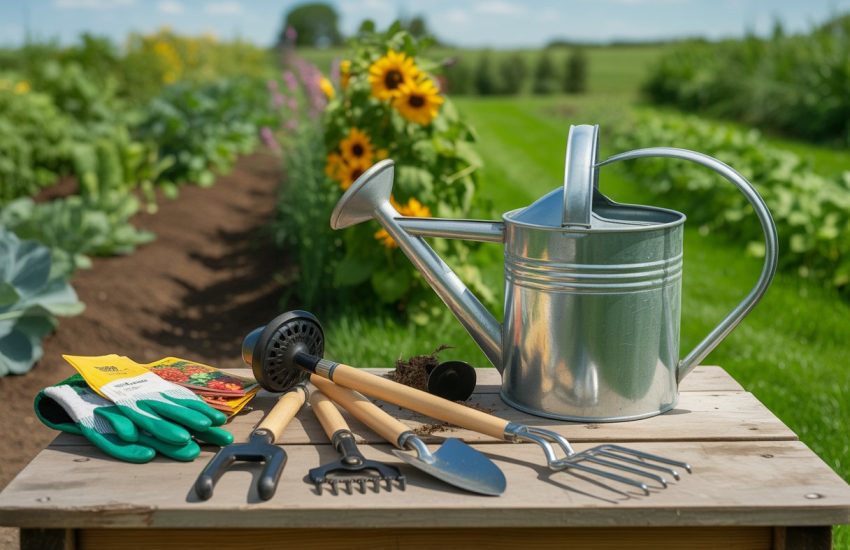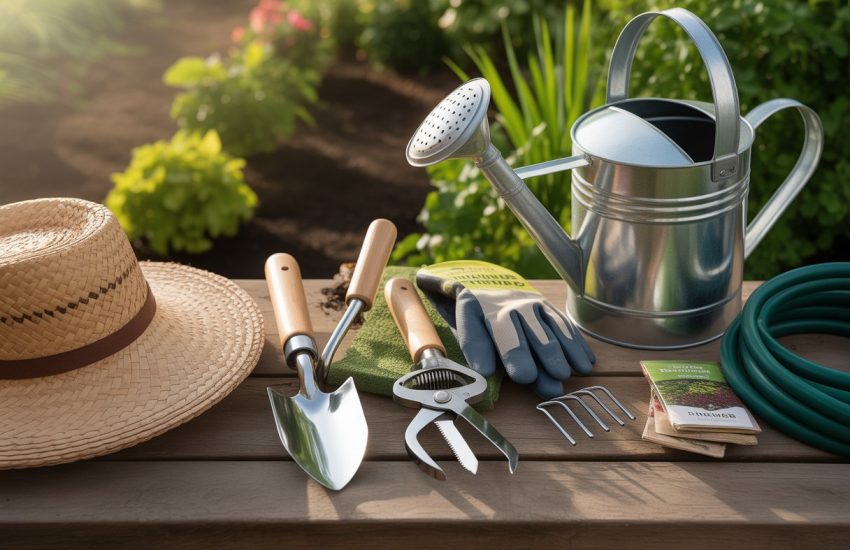How To Save A Dying Raspberry Plant
Introduction
In this article, we will examine the concept and origin of raspberry. Then, we will talk about the methods of growing raspberry plants from seed, the cultivation of raspberries, the types of fruit seeds, the preservation conditions of the raspberry plant, and how you can save it from dying.
What Are Raspberries?
Raspberry or raspberry belongs to the rose family. It is a popular plant species that gives the reddest fruit in the spring-summer season.
Morphology
It is a perennial plant species 50-100 cm tall, with an erect stem, simple or branched, delicate, pointed thorns or no thorns. Flowering often occurs in the second year and in July.
Ecology
Between 900–2200 m altitudes; It grows under the forest, on the edges of the meadows, and the slopes.
Varieties
Types of Summer Red Raspberry Saplings: Killarney, Latham, Titan
Black Raspberry Sapling Varieties: Cumberland, Bristol, Jewel, Mac Black
Purple Raspberry Sapling Varieties: Brandywine, Royalty
Autumn Ripe Red Raspberry Varieties: Heritage, Caroline, Autumn Bliss
Fall Ripe Yellow Raspberry Varieties: Anne, Fallgold
Saving the Raspberry Plant
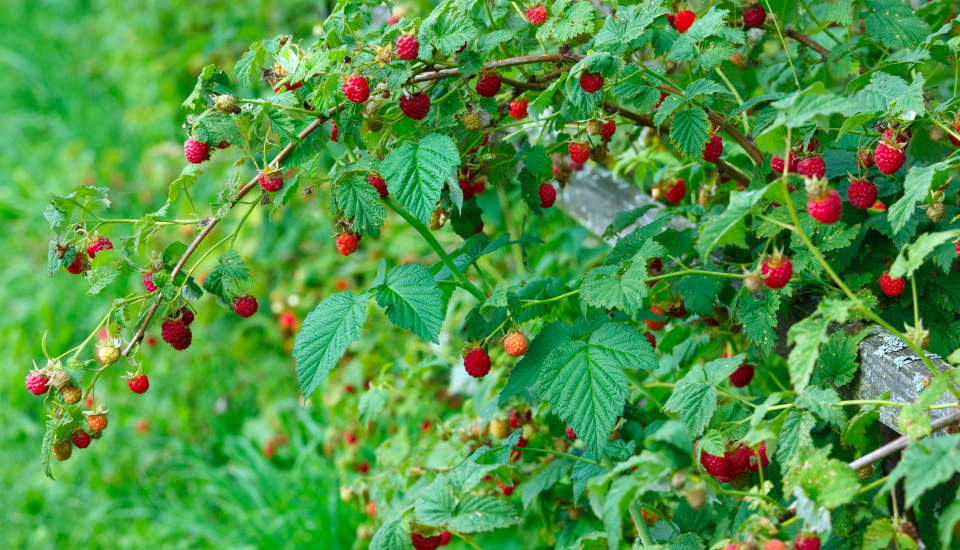
Humidity, Heat, and Temperature
Red raspberry varieties that mature in autumn, such as Fallgold, withstand temperatures down to -30 degrees. On the contrary, Autumn Bliss Plants are less produced with root shoots, and the growing force is weaker than the Heritage variety but is resistant to heat.
Environmental Conditions
You can save the plant from many indoor and outdoor environmental conditions and dying. Plant variety selection is important for raspberry protection. Because, if breeding is intended, the choice of types must be done well. Adaptation studies in that region or regions with similar environmental conditions should be carefully examined.
Mulching
Mulching helps control weeds and preserves soil moisture. In addition, it lowers the soil temperature in summer. Covering the soil prevents cold winter damage and ensures the development of a fringed root system.
See best Mulches on Amazon
Irrigation
Raspberries need 25-40mm of water each week. Therefore, sufficient moisture intake of autumn varieties during the summer allows better development of first-year shoots and fruits. However, low soil moisture in winter can cause plant death. Therefore, at the end of autumn, regular irrigation should be done until the soil freezes or rainfall. For irrigation, the soil should be moist to 25 cm.
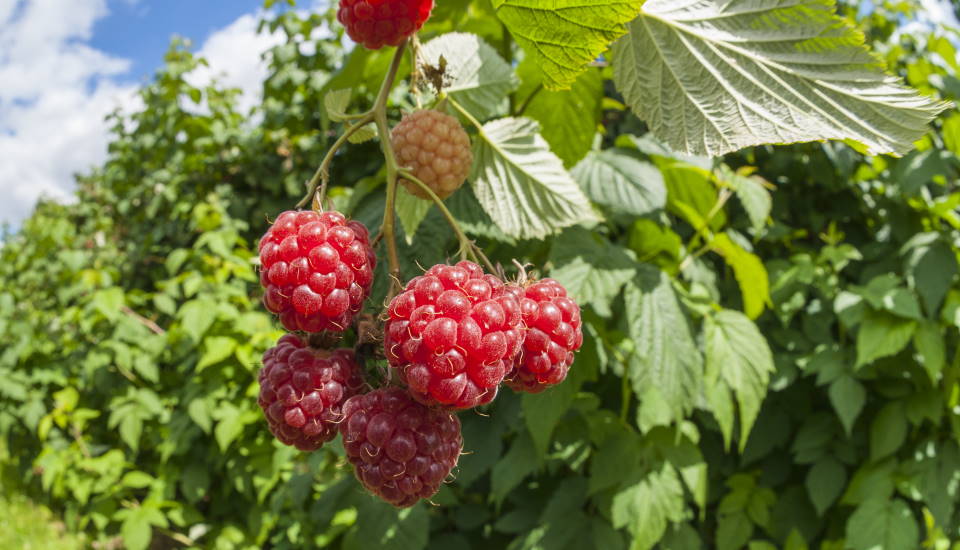
Irrigation is intensified, especially during the harvest period. However, excessive water accumulation requires attention as it can cause root diseases and death. Irrigating raspberries with a sprinkler and drip irrigation method would be correct. The drip irrigation system applies water regularly and directly to the plant root system. In addition, drip irrigation; saves against diseases by keeping the leaves dry. In addition, since the rows are not watered, it saves the weed problem by itself. Like most plants, raspberries die from overwatering. To prevent it from dying, you should focus on watering and keeping soil moisture.
To Save From Dying
In raspberry cultivation, you may encounter some diseases and the chemical control process of the plant. In addition, weather conditions, fertile soil, and maintenance conditions can also cause the death of the plant.
Diseases
Retrograde Disease: Ascocarps occur singly on dead raspberry sticks at least two years old. Spots are found on black and red raspberries in late summer or early autumn. The spots develop primarily on the knuckles. Infection can be from wounds on the leaves and petioles. The measures you can take to save the plant are as follows:
- By using healthy production material, you save the plant against death.
- Controlling the number of sticks in a row with a hard pruning can minimize disease damage.
- Let leaves and shoots dry quickly after rain. You save the plant if you open the green parts by pruning and providing ventilation.
- You should control weeds. In particular, you save the plant against death by plucking or destroying the weeds.
- Production areas should be checked frequently. By cutting and burning diseased shoots and leaves, you save the plant against diseases and death.
Branch Blight Disease: It is found buried in the dead parts of the two-year fruit branches near the root of the fungus causing the disease. To save the plant;
- Pruning should ensure air circulation in the green parts of the plant and allow the sun’s rays to enter between the plants.
- You should save against insects and weeds.
- Injury to the plant should be prevented.
- At the beginning of the season, the bottom shoots should be checked. Burning the diseased sticks can save the plant from diseases and death.
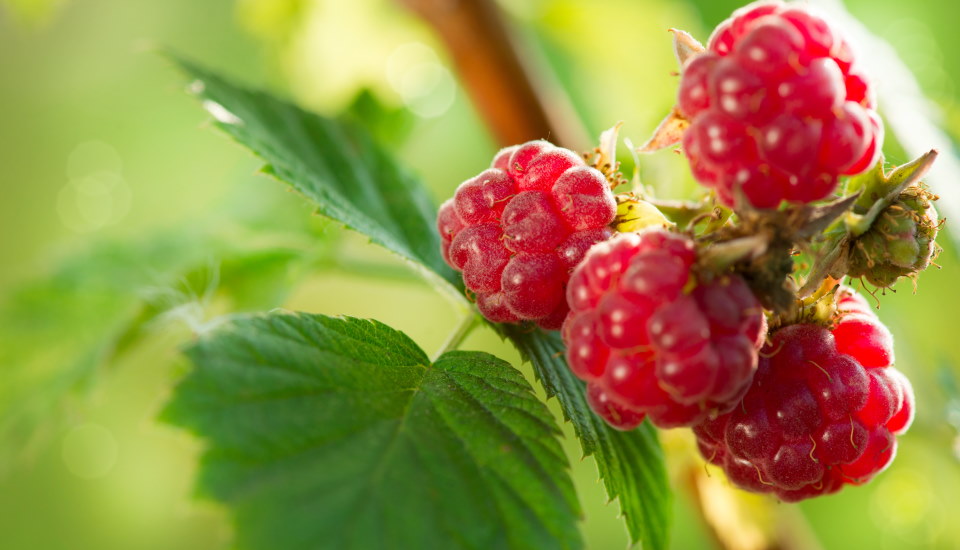
Shoot Blight Disease: The causative agent of the disease is a fungus. During the spring-summer, in moist conditions, it infects the leaves of the new bottom shoots. Such shoots are weak. They are more affected by winter conditions. The disease causes plant losses. To save the plant;
- Weeds should be controlled. Especially clinging weeds cause the death of the plant.
- Production areas should be checked frequently, and diseased shoots should be cut.
- In the production area, dilution should be made so that air circulation and lighting are not hindered.
- You save the plant by avoiding over-fertilization.
Weather Conditions
In raspberry cultivation, the relative humidity of the air is generally desired to be high. Therefore, raspberry cultivation should not be done in regions with very warm winters and hot and dry summers. Despite the high humidity, the garden must be well ventilated, and air flow must be provided.
To grow raspberries, which need winter chilling, a total of 800 hours of chilling is required below 7 degrees. Since raspberries are resistant to severe frosts in winter, growing the fruit in the northern regions of America is much more suitable. In addition, raspberry fruit grows better in places with high relative humidity. Therefore, it is recommended that the annual precipitation average be 750-800 mm.
Soil
Soil suitability is evaluated based on nutritional value. It is important that the soil in which raspberries will be grown should be rich in organic matter, permeable, light-medium textured, and have a high water holding capacity. However, raspberries can adapt to well-drained, heavy-textured soils. Even in sandy and gravelly soils, raspberries can be grown with sufficient moisture and nutrients. It is recommended to have a pH of 6-7.
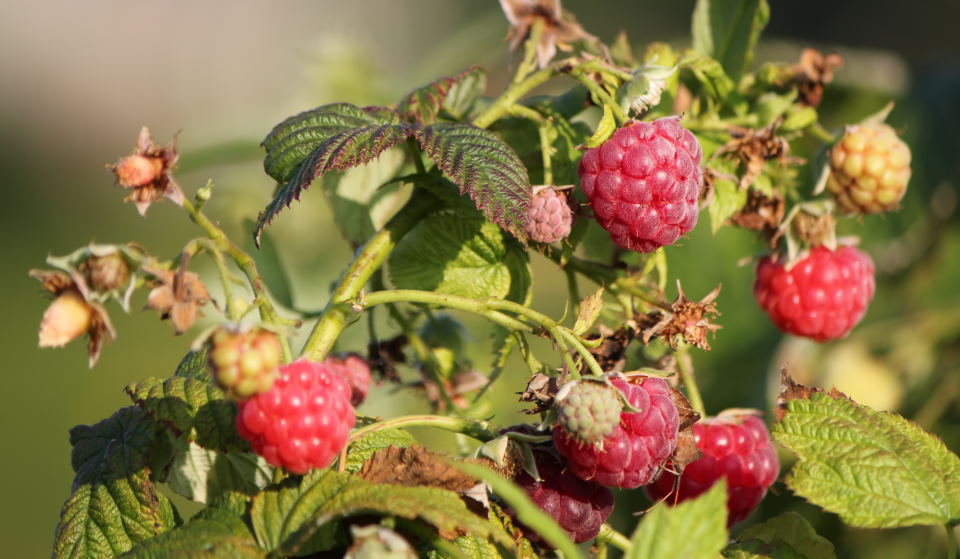
Fly Threat
The relevant ministry made an important announcement in the past years. For fruit growers, fly attacks are a death threat as much as disease threatens chemical use. It is necessary to start traps hanging in the gardens one month before the fruits reach harvest maturity, and the fight against traps should be continued throughout the year.
Chemical control should be started if there is a large fly population in vinegar traps close to the harvest period. Chemical control should be withdrawn from the beginning of the ripening of the fruits, and the spraying should be repeated by paying attention to the time that must pass between the last spraying and the harvest. Three days will be sufficient for raspberries, which should give between the last spraying and harvest.
Save a Death Measures
Harvest should be started immediately when the fruits are ripe, and harvest should not be delayed.
The garden should not be left weedy in the near-harvest period. Instead, weed control should be done.
Fruit waste spilled on the ground should be destroyed.
Tractor etc., equipment must be kept clean.
Irrigation in gardens; It should be done with a drip irrigation system. In particular, excessive irrigation of gardens close to harvest should be avoided.
Get rid of areas with grass and neglected trees.
Producers should take collective pest control measures in their gardens and nearby gardens.
Conclusion
To sum up, everything that has been stated so far in this article, we have explained in detail how raspberries should be saved from diseases technically, which diseases cause the plant to die, and how to protect it from death. The most basic technical knowledge to save them from these diseases that will cause plant death are as follows: heat – temperature balance, irrigation balance, protection from weeds, and learning planting techniques are advantageous for growers. In addition, in cultivating raspberry, a very strategic product, you should pay attention to the cultural measures in your vineyard – garden.
You may also interested in:
How To Grow Garlic in Central Texas

